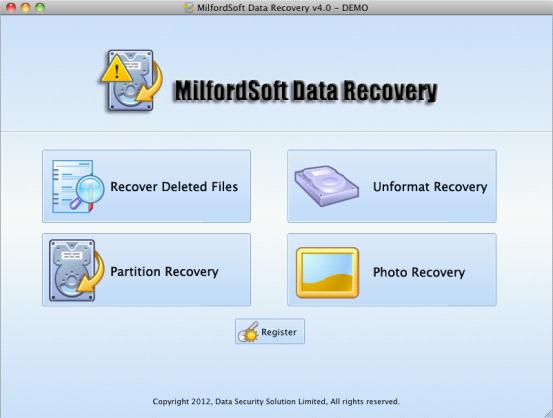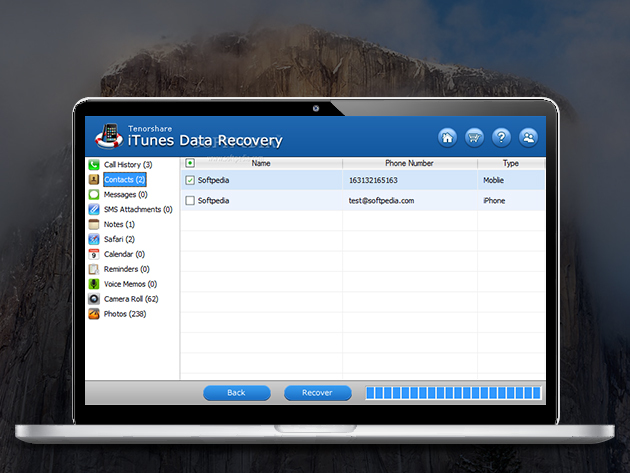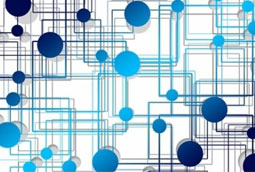

The knowledge of these preexisting methods can further confuse even the tech-savviest. It's just the wrong application for the job. This is why burning data from the Finder has always seemed aberrant to me. One of the problems with the current method is that it puts data burning and file management in the same application when they probably should be separated. And why would it? Toast is not a file manager, it's a disc burning utility, and you can't delete data from your disc burning utility. For forever and a day, Toast has simply pointed to the referenced data on disc, but has lacked any ability to actually affect that data. The other method I refer to comes from a little application called Toast. And, as we all know by now, that's, uh, what's the word? Right. What we have now is confusing - some items in the folder are aliases, and some aren't - and, once again, can lead to data loss.

But it also protected that data from deletion and was a much closer analog of what was actually going on: I put data in a Burn Folder, and now that data - not pointers to the data - is there in that Burn Folder.

Yes, this would take more time and create redundant data. In Panther (and yes, this is just one more reason to loathe Tiger) the Finder would copy the data to the Burn Folder. This first method to which I refer is Apple's Panther Finder. Second, this method violates two preexisting paradigms, one of which belongs to Apple themselves, and the other of which has been around since the beginning of burning optical media. But this lack of knowledge should never, ever lead to data loss under ordinary use-cases, particularly those in which the user is actually trying to make a fucking backup.

These folks may or may not know exactly how an alias works either, or even why it exists. First and foremost, the Finder is for people who aren't particularly concerned with how the Finder works, and Burn Folders should be geared towards the same folks. See, the way I see it there are a few problems with how all this works. And so, once in this folder, when I began deleting files I was deleting the actual data. This means that when I opened the alias to the Backups folder it opened the actual Backups folder. Everything at the top level of my Burn Folder is an alias. Well, if you recall, everything in my Burn Folder is an alias. Later I return to my Backups folder to find that when I emptied the Trash it deleted the actual data from Backups. I burn the disc and then empty the Trash. Eventually the Burn Folder becomes small enough to fit on my optical disc. So I open up Backups and start trashing files. Inside are some smallish files, and a folder called "Backups" that holds the bulk of my intended burn data. Finally I finish and go to burn my disc, but I'm told that I have too much data in my Burn Folder, and that I need to remove some in order to make it fit on my media. To wit: Let's say I create my Burn Folder. Unfortunately, unless you know that Burn Folders are populated with aliases, and you know exactly how those aliases work, it can also lead to some confusion, and this confusion can get you in to trouble. This saves time and prevents the unnecessary duplication of data. Dragging items to this folder will create aliases to those items rather than actually copying the data. This will create "Burn Folder.fpbf" on the Desktop, from which you can burn data to an optical disc. Fortunately, there are ways to recover.Ĭreating a Burn Folder is easy simply choose "New Burn Folder" from the Finder's File menu. But the way they're implemented can be confusing, and that confusion can lead to data loss.
VIRTUALLAB DATA RECOVERY FOR MAC MAC OS X
Burn Folders are special folders you can create in the Mac OS X Finder for burning data to optical media - CDs and DVDs.


 0 kommentar(er)
0 kommentar(er)
